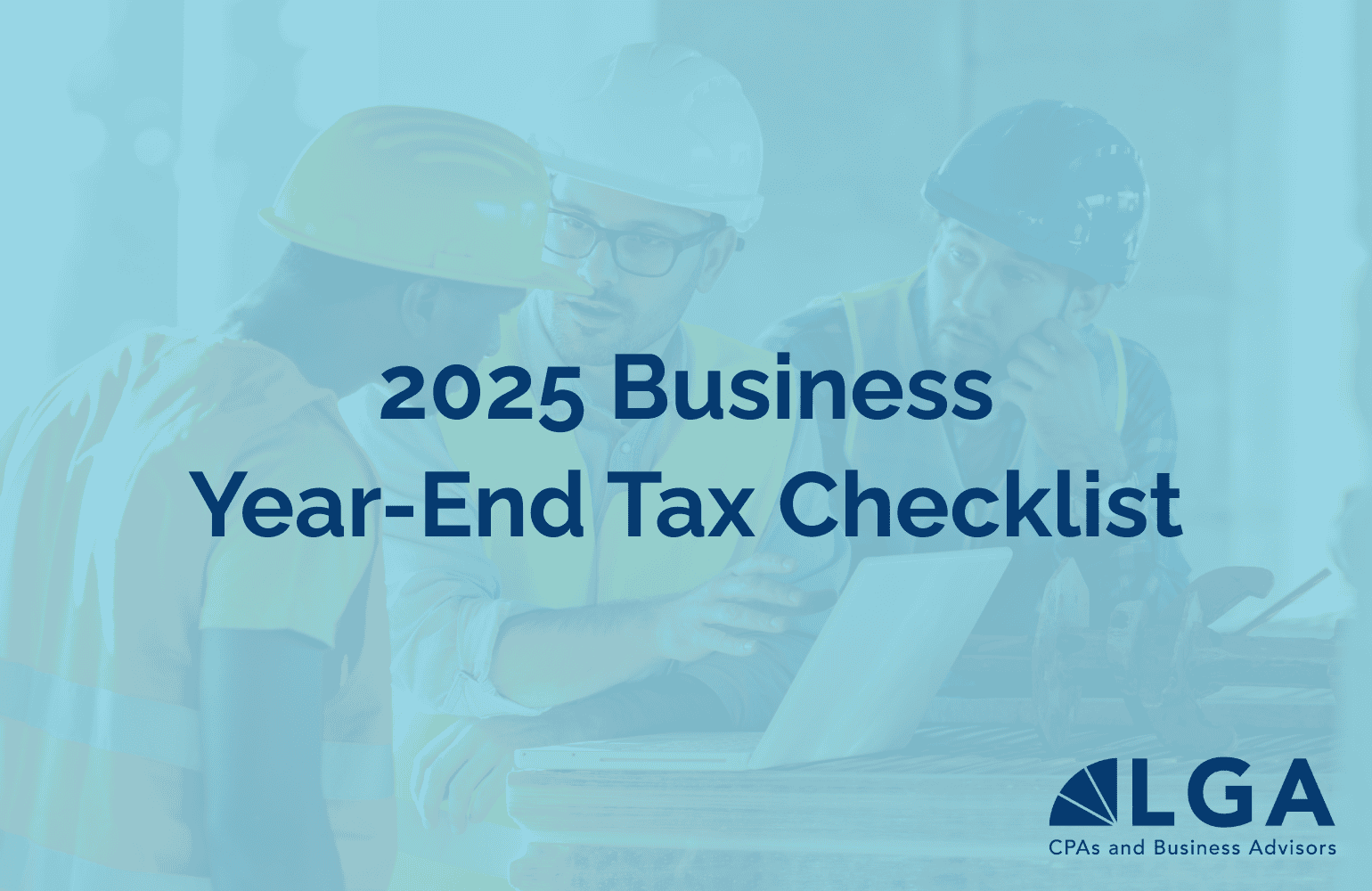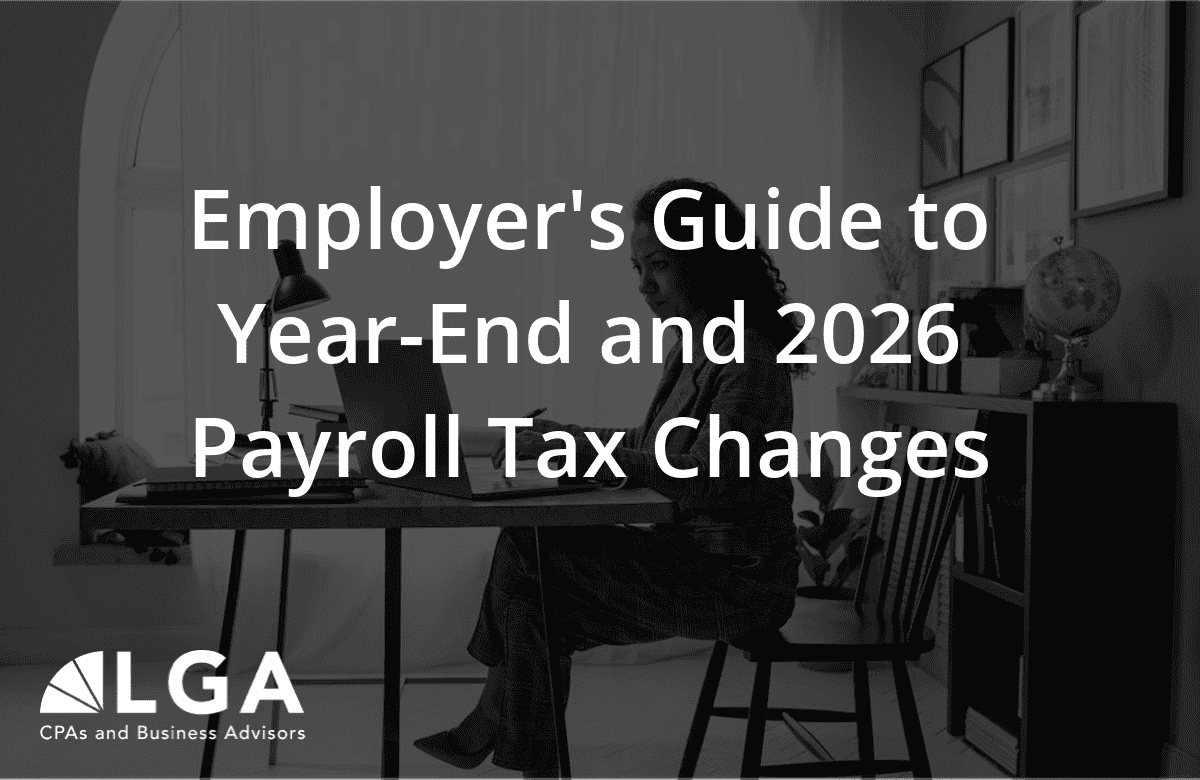
Authored by Aprio
At a glance
- The main takeaway: The One Big Beautiful Bill brings major tax changes to the dental industry, expanding deductions and offering new tax planning strategies for greater savings in 2025.
- Impact on you: While dental practice owners can now expense more investments upfront and access broader income deductions, it’s important to fully understand how these changes can impact cash flow and increase business growth.
- Next steps: Now is the time to review your practice’s asset purchases and entity structure.
The full story:
The One Big Beautiful Bill (OBBB) introduces a host of changes for a variety of industries and the dental industry is no exception. For dentists and dental practice owners, these sweeping tax reforms signal one of the most significant shifts in the tax landscape. From expanded deductions and enhanced bonus depreciation to broader access to valuable credits and income exclusions, the OBBB provisions could help dental practitioners retain more revenue and invest confidently into their practice.
However, understanding how these provisions impact both the individual and professional sides of the industry as well as how to prepare for the upcoming tax years will be key for practitioners as they navigate the evolving tax landscape and position their practice for long-term success.
Capitalization: Expanded Depreciation and Section 179 Deductions
The OBBB restores and expands several depreciation-related provisions. Notably, these changes largely impact bonus depreciation and Section 179, which are key tools that dental practitioners can leverage to substantially reduce their taxable income when investing new assets.
Beginning January 19, 2025, eligible assets placed in service during the tax year can now claim 100% bonus depreciation. Prior to the OBBB, bonus depreciation was in the process of phasing out, with only a 40% deduction allowed for eligible assets in the first year. The remaining value would need to be expensed over the asset’s useful life. This change enables dental practices to realize immediate tax savings when purchasing equipment, rather than waiting years to claim the full expense.
In connection with the bonus depreciation expansion, the aggregate amount that can be deducted by a taxpayer in a given year under Section 179 has increased from $1,000,000 to $2,500,000. The phase-in threshold for the Section 179 reduction has also increased, from $2,500,000 to $4,000,000 in qualifying purchases. Prior to these changes, assets exceeding these values were ineligible for the full deduction, limiting accelerated savings.
Both small and large dental practices can benefit from these changes: smaller practices can immediately expense new machinery, furniture, and other capitalized assets in the same year they are placed in service, while larger practices seeking to outfit an entire practice with new equipment, x-ray machines, and office equipment can tap into more substantial deductions.
While the changes to bonus depreciation and Section 179 create significant savings opportunities, claiming depreciation in earlier years will simultaneously reduce savings and increase future tax liabilities. Strategic tax planning can help maximize current savings while forecasting future costs, ensuring practitioners have a clear understanding of their liabilities in later years. Not all assets are eligible for bonus depreciation or Section 179, making it vital to identify eligibility and know when to opt out.
Qualified Business Income Deduction: Broader Access, Bigger Savings
The qualified business income deduction (QBID), which allows up to a 20% deduction for qualified business income, has been expanded. The new provision increases the threshold before the deduction eventually phases out—granting an additional $25,000 for most filers, or $50,000 for those married filing jointly.
Given that many practitioners fall near the previous income limitations, this change will allow more dental professionals to claim the deduction. With strategic income planning and entity structure, dental practitioners can minimize reductions and optimize their tax savings. In some cases, the new law may make alternative entity structures advantageous, opening doors for enhanced savings.
State and Local Tax (SALT) Cap: Higher Limits, New Considerations
One of the most notable changes is the increased state and local tax (SALT) deduction cap. Prior to the OBBB, taxpayers could only deduct up to $10,000 for combined state taxes, mortgage interest, and local property taxes. If these deductions exceeded $10,000 in a tax year, they were capped and only $10,000 was deducted on federal returns. For practitioners in high-tax states and counties, this limitation constrained how much benefit was derived from itemization.
Now, the SALT cap has expanded to $40,000, with a phase-out for high income earners. Beginning in 2025, every dollar of adjusted gross income that exceeds $500,000 reduces the SALT deduction by $0.30, so a taxpayer with an adjusted gross income of $600,000 will revert to a $10,000 SALT cap. The SALT cap cannot be reduced below $10,000, meaning no one is in a worse position than under the prior law. The $500,000 threshold will increase by 1% annually, allowing for some protection against inflation. However, it should be noted that inflation rates tend to exceed 1%, and as such, this increase should not be considered inflation-protected.
For practitioners in high-tax states, these changes could mean significantly higher federal deductions and new benefits from itemization. However, due to the phaseout and limited inflation protection, careful planning strategies will be needed. The pass-through entity tax (PTET) strategy, once a workaround for the SALT cap, may become less valuable for those with tax liabilities under the $40,000 limit, or near the phaseout limits. Depending on a practitioner’s individual tax situation, these changes have the potential to greatly affect a taxpayer’s bottom line.
Estate and Gifting: Exemptions Permanently Raised
The OBBB also permanently extends and increases the lifetime estate and gift exemption. Prior to the passage of this bill, the expanded exclusion under the Tax Cuts and Jobs Act (TCJA) would have expired after 2025, cutting the exemption nearly in half. The bill has made the increased limits permanent with no expiration date. Now, beginning after December 31, 2025, the lifetime exemption for all individuals will be $15,000,000, increased annually for inflation.
Practitioners focused on estate planning or gifting will now be able to preserve more of their wealth, whereas those below the threshold now have more cushion against gifting and estate taxation. For practitioners contemplating transferring practice assets or those planning for generational succession, are now afforded both greater protection and flexibility for their assets.
The bottom line
With expanded QBI deductions, broader QBID access, a higher SALT cap, and increased estate exemptions, dental practitioners face an array of important considerations. Overall, the provisions within the OBBB will generally benefit a significant number of dental practitioners by reducing their tax liabilities. However, to fully capitalize on these new provisions, practitioners should consult with their tax advisors.
Please connect with your advisor if you have any questions about this article.
This article was written by Aprio and originally appeared on 2025-08-07. Reprinted with permission from Aprio LLP.
© 2025 Aprio LLP. All rights reserved. https://www.aprio.com/maximizing-your-practices-future-what-dentists-need-to-know-about-the-one-big-beautiful-bill-ins-article-den/
“Aprio” is the brand name under which Aprio, LLP, and Aprio Advisory Group, LLC (and its subsidiaries), provide professional services. LLP and Advisory (and its subsidiaries) practice as an alternative practice structure in accordance with the AICPA Code of Professional Conduct and applicable law, regulations, and professional standards. LLP is a licensed independent CPA firm that provides attest services, and Advisory and its subsidiaries provide tax and business consulting services. Advisory and its subsidiaries are not licensed CPA firms.
This publication does not, and is not intended to, provide audit, tax, accounting, financial, investment, or legal advice. Any tax advice contained in this communication (including any attachments) is not intended or written to be used, and cannot be used, for the purpose of (i) avoiding penalties under the Internal Revenue Code or under any state or local tax law or (ii) promoting, marketing or recommending to another party any transaction or matter addressed herein. Readers should consult a qualified tax advisor before taking any action based on the information herein.





